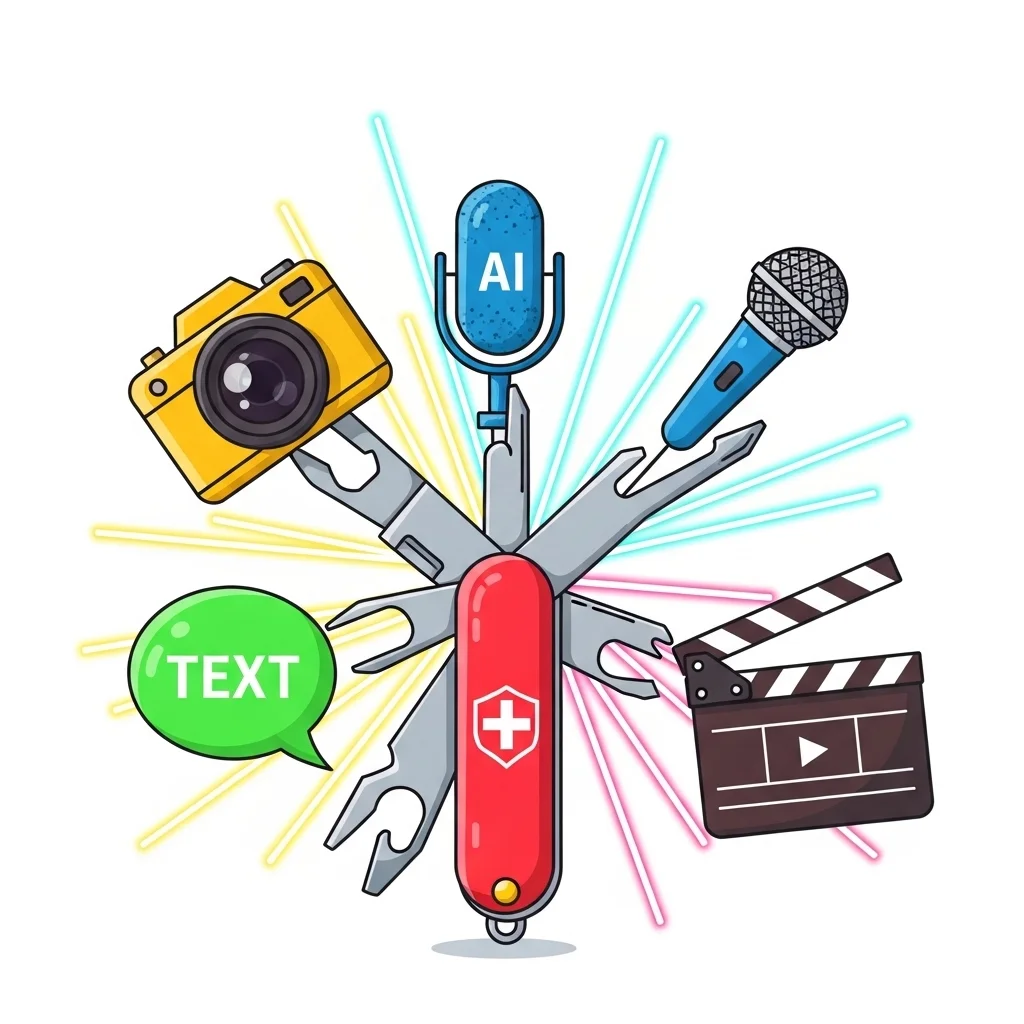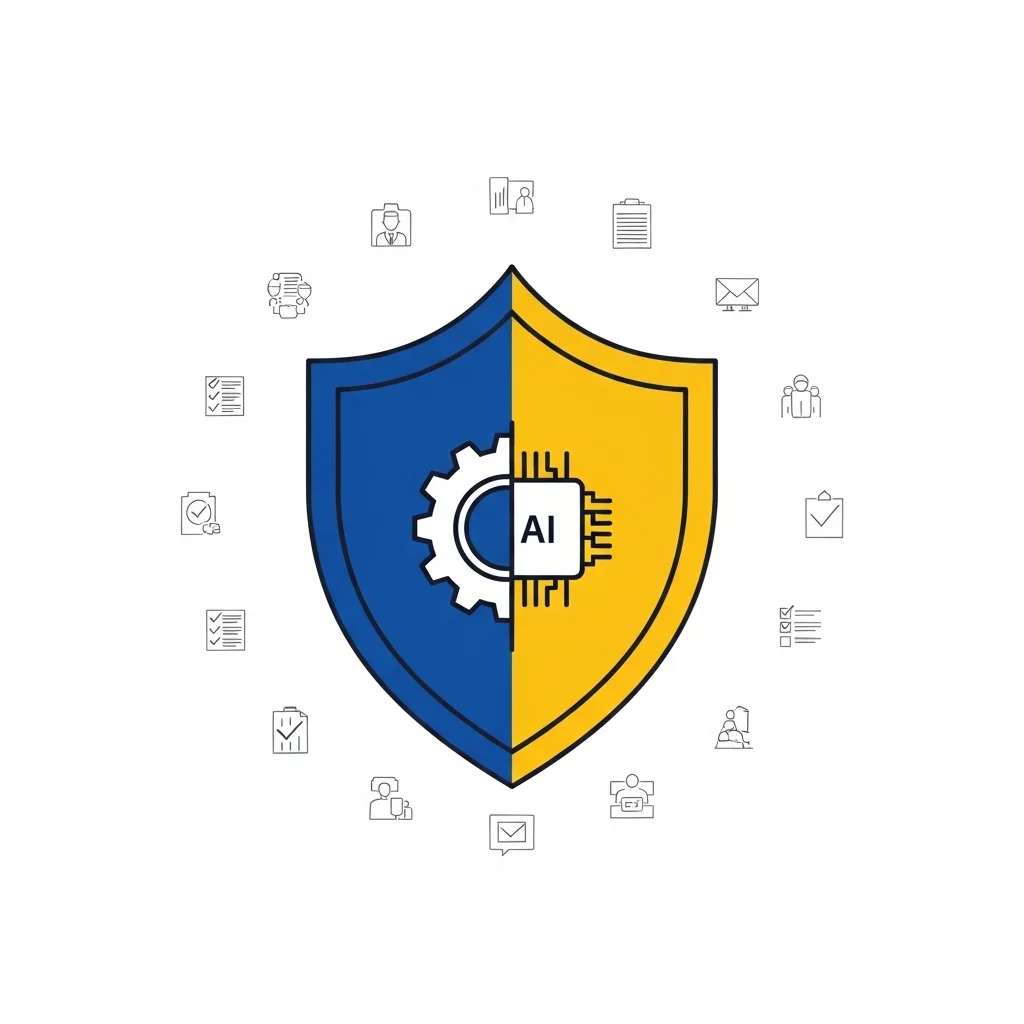AI is evolving at breakneck speed. GPT-5, Claude Opus 4.1 and multimodal video models dominate the headlines, while Europe is fine-tuning a stringent AI regulation. In this blog we explore the latest innovations, showcase concrete examples and share lessons learned from modern software development.
Why is AI only now gathering real momentum?
Key points
Current releases: GPT-5 patch 10-2025, Claude Opus 4.1, Gemini 2.5
Emerging multimodal tools: VEO 3, Sora 2, Runway Gen-4
Tighter regulation on the way: AI Act phase III consultation
Practical impact on development teams and business processes
By the end of this blog you will know:
Which new models are leading the pack and why
How you can start extracting value from multimodal AI today
What to watch out for regarding compliance and data privacy
The accelerating model cycle
The past seven days saw the big labs speak up again, revealing a striking pattern: releases are incremental but far more frequent. OpenAI shipped a GPT-5 patch with improved tool-use prompts, Anthropic rolled out Claude Opus 4.1 with a 50k context window, Google pushed Gemini 2.5 to every Vertex instance and xAI launched Grok 4 live on X.com.
At Spartner we notice that this cadence directly affects development tracks. A sprint that revolved around GPT-4o last week may now be better off on GPT-5 because of the price-performance ratio. With our own Mind platform the choice of model stays flexible; adapters switch without a code refactor.
Being model-agnostic is no longer a luxury; it is a hard requirement.
That flexibility is becoming critical now that open-source LLMs such as Llama 4 and DeepSeek v2.2 increasingly demonstrate enterprise-grade capabilities. In scenarios involving data residency or IP-sensitive algorithms, companies move towards self-hosted stacks, while creative teams tap into the cutting-edge commercial models for storyboards and marketing videos.
Code example
// Simplified Mind adapter switch
$agent = Mind::agent('seo_copywriter');
$agent->using(model: 'gpt-5'); // hot-swap to new patch
return $agent->ask('Genereer productbeschrijving');
Multimodal: image, video and voice converge
Sora 2, VEO 3 and Runway Gen-4 show that video is now following the same hype curve that text did in 2022. While text LLMs are already mature, video models are still deep in beta. Even so, pilots are emerging in which marketers animate product demos without a film crew.
Voice is evolving in parallel. ElevenLabs Turbo TTS and OpenAI Voice v3 deliver natural prosody that is indistinguishable from a human on the phone. It is no longer a gimmick; service desks are running A/B tests in which AI voices handle FAQs 24×7.
From a development perspective, multimodal means an entirely new data layer. Classic REST APIs are no longer enough. Think GraphQL-style queries that combine imagery and metadata, or WebRTC streams that feed real-time transcripts into an LLM. The Mind platform abstracts these pipelines so teams can confidently open up new channels.
European perspective: AI Act and governance
The European Parliament is pushing the AI Act phase III towards a plenary debate. The draft text introduces a "systemic risk class": models with >10^25 FLOPS are automatically classified as high risk. For teams this means audits, data-provenance logging and incident-response workflows.
Spartner therefore implements "policy-as-code" modules, similar to CI pipelines but applied at prompt and dataset level. Every AI call is tagged with a JSON manifest containing origin, purpose and consent. This makes it traceable later on which dataset led to which advice – essential during audits.
Companies that casually launched a chatbot in early 2024 are now feeling the compliance pressure. Those who built in governance hooks from day one retain their innovation speed without risking fines.
Strategy: extracting value from AI in 90 days
Successful adoption starts small yet focused: tackle one pain point before aiming for the big picture. Our experience with SaaS platforms and fintechs shows an effective three-step path.
Month one: identify repetitive processes – think quotes, document analysis or front-desk questions. Month two: pilot with a single model plus a fallback option in Mind. Month three: production roll-out including metrics such as latency, cost per request and user satisfaction.
A "retreat plan" is crucial. Should a provider double its API tariff, the adapter can switch to a cheaper alternative within a day without user impact. This vendor neutrality prevents lock-in and keeps R&D budget available for innovation.
A real-world case: a legal-tech scale-up recently shifted from GPT-4o to Claude Opus 4.1. Costs dropped by 28 percent, accuracy rose by 12 percent on clause extraction. The switch required a single pull request in Mind, after which the integration tests all ran green.
Future: agents and self-learning workflows
Autonomous agents are moving from demo to production. Google DeepMind research on 7 October describes "Fermi", an agent capable of analysing and optimising legacy SAP processes. At Spartner we are experimenting with similar patterns: agent teams for code review, SEO audits and data clean-ups.
The key is RAG (retrieval-augmented generation) on domain data. Combine vector stores – for instance a PgVector index – with fast LLM calls and you get context-specific answers without hallucinations. Agents that master this triangle will be game-changers.
Agents are the new micro-services, only this time with reasoning ability.
What is the difference between GPT-5 and GPT-4o?
GPT-5 offers a larger context window (up to 200k tokens) and better tool integration, resulting in more accurate instructions and lower switching costs within a single conversation. In the legal-language benchmarks we ran, GPT-5 scored on average 8 percent higher on factuality. 😊
Why would a company choose a model-agnostic platform?
In our experience, pricing and capabilities change weekly per model. An agnostic architecture lets you benefit from the best price-performance at any given moment without costly migration projects. This is especially important for SMEs with tight margins.
Is open-source AI mature enough for production?
Yes, provided it is properly trained and hosted. Llama 4 and DeepSeek v2.2 now match the performance of commercial tier-2 models. For privacy-critical sectors such as healthcare and finance, self-hosting is often mandatory. Do make sure you have solid MLOps in place, including monitoring and security scans.
How do I process multimodal output in existing applications?
Integrate an asset pipeline that treats both text and media as first-class data. Use presigned URLs for video snippets, for instance, and store metadata in a JSONB field in PostgreSQL. Mind does this out of the box, but you can achieve the same with hand-rolled micro-services.
Do AI voices conflict with GDPR rules?
Only if the data itself is personally sensitive. The voice is synthetic and falls outside the GDPR, but transcripts can contain personal data. Log inline whether you filter PII and keep a processor agreement with your TTS provider.
How do I measure the ROI of an AI pilot?
Define a baseline upfront, such as average handling time or error rate. Then measure the same KPIs under AI support. In our projects we often see a 20 to 40 percent time saving within three months, provided the use case is clear and governance is in place.
What does the AI Act change for small businesses?
Probably less than you think. The current draft focuses on high-risk systems. Even so, we recommend logging audit trails and data provenance now. It saves compliance stress later and makes due diligence easier for investors.
How do I avoid vendor lock-in with AI providers?
Use abstraction layers, version pinning and exportable prompt libraries. The Mind platform provides this by default, but you can achieve the same with well-designed patterns and CI tests. The key is that any provider can be replaced within a single sprint. ⚙️


